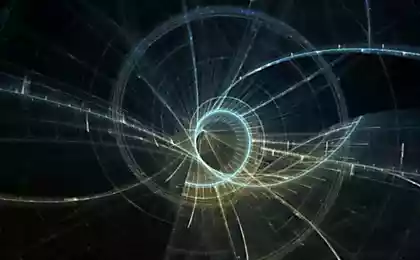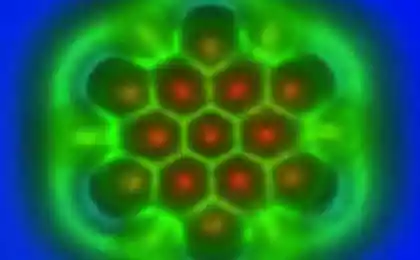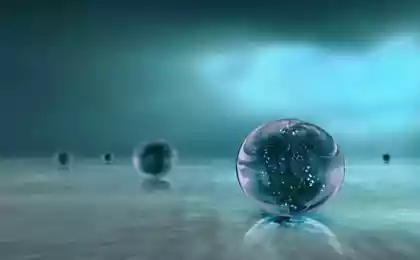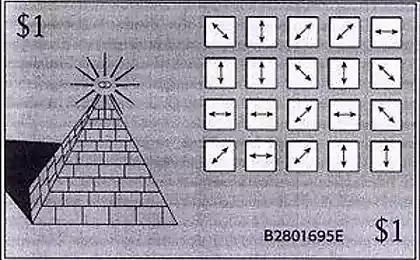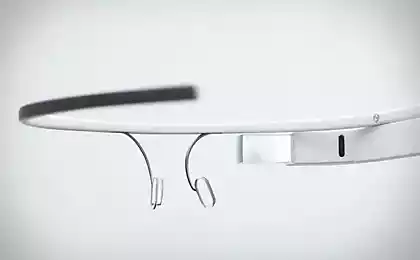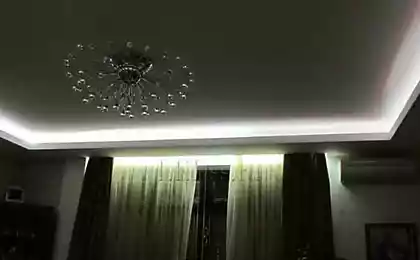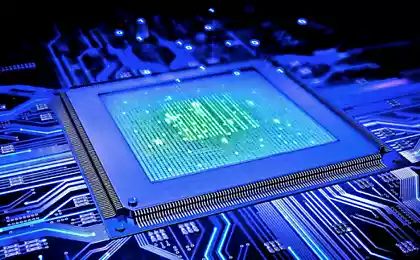1858
This is Science: Elastic Quantum dot display

In microelectronics has been a noticeable bias or, if anything, the trend towards a variety of flexible solutions that do not require substrates made of glass or silicon (eg, flexible electronics based on polysilicon ). That displays no exception , even such exotic as Quantum dot display.
So what is this wonderful object such quantum dot? If we take a piece of semiconductor (silicon or cadmium sulfide, for example) and start to split it in the dark under a violet lamp, then at some point we will see the luminescence. At the same time, the smaller the particle size of the semiconductor or квантовой point , the shorter the wavelength of the luminescence we can observe (a shift in the blue region of the spectrum). These things explained the phenomenon of increasing the width of the запрещённой semiconductor zone with decreasing nanoparticle size. A similar phenomenon is observed, if we connect the quantum dot to the battery, and it is called электролюминесценция. Highlighting your watch probably working on this effect.

Forbidden Zone or semiconductor nanoparticle diameter and color of the solution of core-shell nanoparticles, as well as the range of materials for the manufacture of quantum dots with desired optical properties. Источник
Thus, to get a red, green or blue color we do not need to develop new materials and technologies for their application as, for example, was the OLED-displays. Instead, we can synthesize 3 different solution and just mix them to get the specified color, or used individually to create pixels of the display. Accordingly, scientists from the opening of quantum dots at the dawn of the 90s began to think about using them in displays, especially after the successful introduction of LCD matrices.
However, to implement his plan was not so easy, and until the beginning of zero real working prototype of a display pixel or simply did not exist. Just a couple of years ago, in 2011, company Samsung, intrigued by new types of displays, conducted a series of investigations, thereby creating a full QLED ( quantum dots light emitting diode ) display.
In recent work , published in the journal ACSNano , a group of scientists from Singapore and Turkey, introduced the concept of a very flexible display on quantum dots, which - who knows - maybe a couple of years will be announced along with the new Samsung 7, for example.
The main problems of creating such displays: a limited number of suitable materials and poor mechanical resistance to kinking and twisting. However, the use of polyimide, Kapton < / a>, can solve some of the problems, optimize the process and get the output is quite large (square millimeters) QLED the brightness of 20,000 cd / m 2 sup>, that today is a record in the field of flexible diodes based on quantum points.

(a) The scheme developed QLED (layers from top to bottom: the polymer film of Kapton / Al / ZnO nanoparticles / CdSe-CdS-ZnS quantum dots / polymer TCTA / MoO 3 sub> / Ag), (b ) AFM-images obtained film, © diagram of the electronic levels and (d) working QLED i>
The mechanical properties of the device are so good that it can be used as a sticker, pasting and otkleivaya several times, and bending in all directions (brightness falls in relative terms not much, no more than 5%). With regard to the optical characteristics, the diodes made withstood the test, showing a maximum brightness of 20,000 cd / m 2 sup> with external quantum efficiency of 4%.

(a) Normalized electroluminescence spectra of diodes made, (b) the coverage range RGB to CIE coordinates (for comparison is given the same coverage for standard HDTV), © brightness and (d) the external quantum efficiency of diodes i>
And finally, for an example, the demonstration of the diodes in the real, so to speak, the field:

Demonstration QLED on flat (ad) and curved surfaces (ef) i>
i> When will the full QLED LCD monitor? During the year 1-2 years 3-5 years never happens, because they can not compete with modern displays I - pcholy < / Only registered users can vote in polls. , please. 54 people have voted. Excused 8 people.
Source:


